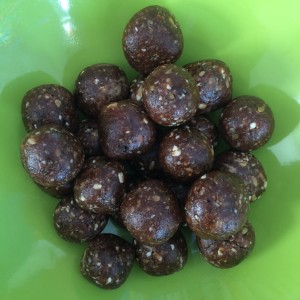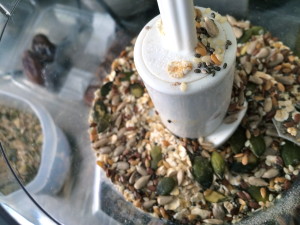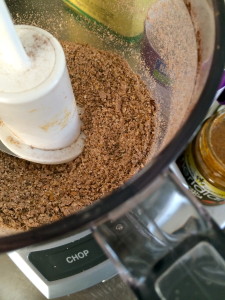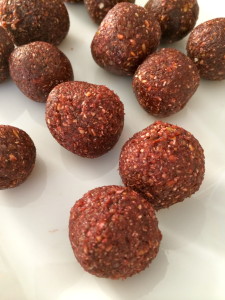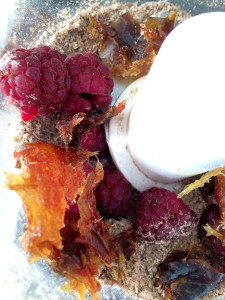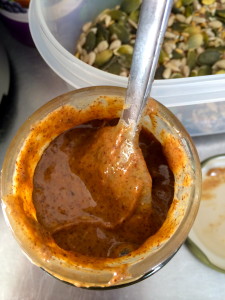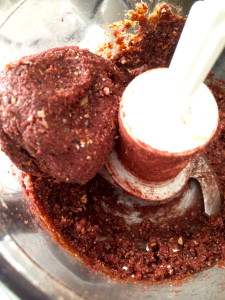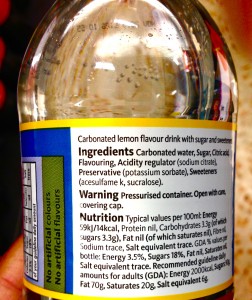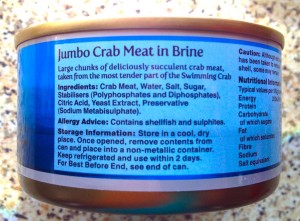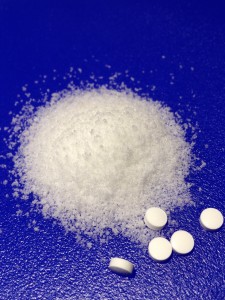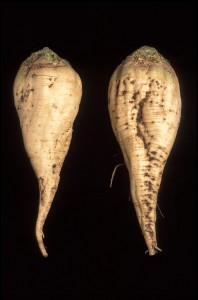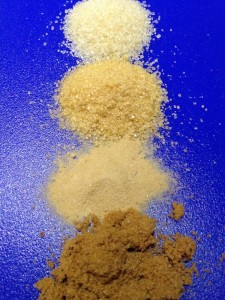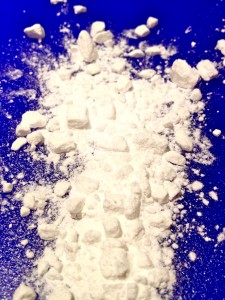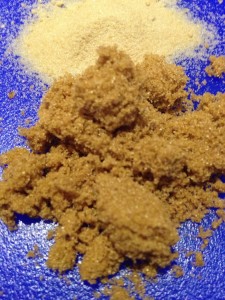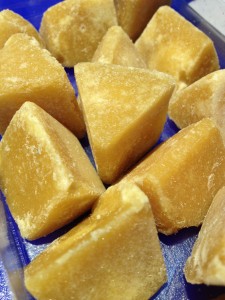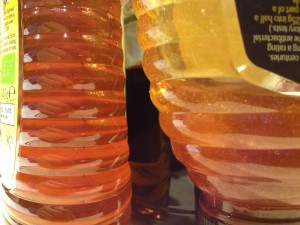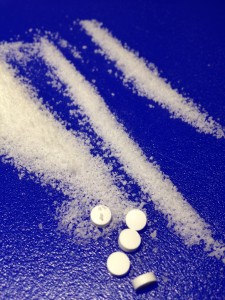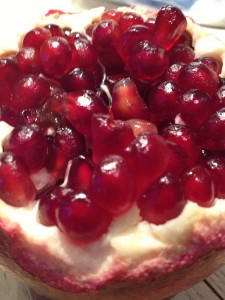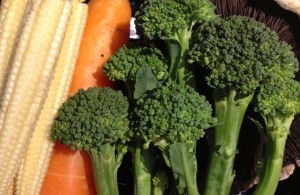Ok. So we know sugar is the proverbial Devil. Boo to sugar! We wave our banners and we join the marches to ban it from our lives before it kills us. Out! Out! OUT! Fists are shaken at the sugary world around us and tears are shed about our waist lines. But all the while we have our minds on that secret Curly-Wurly in the glove compartment…right? Oh, just me then…#awks
Anyhoo…moving on.
One thing that is definitely true is that it’s harder to kick any of these worst habits when those around us are indulging happily and have no intention of paying any mind to the warnings from either their own bodies or any health experts. It takes mega will power and single minded focus. Of the many established barriers to healthy eating one is the thorny subject of who buys the food that comes into the household and why. This person is referred to in the health world as ‘The Gatekeeper’. A rather Hollywood title for the person lumbered with the weekly shop. We shall look at this minefield and enormously responsible job, that is fraught with pressure, elsewhere.
From the many people I’ve discussed this with I hear the same complaint and wrangle. Upon returning they are faced with the likes and dislikes of those that don’t do the shopping peering into the fridge and cupboards disappointed at the lack of their favourites. The lack of sugar laden, vitamin stripped empty calories which they see as the ideal foodstuffs. The stoic Gatekeeper then begins the Nutritional Value of Food lecture from the very top for the umpteenth time but gets the same response. Unprintable but easy to guess! I feel their pain and admire their tenacity but I also know, more often than not, it ends in a defeat. The biscuits and the crisps return alongside the mostly ignored healthier offerings…two types of bread now instead of one and so on…
In my house – I’m The Gatekeeper. I rule. BUT I also know that inside me there is a Curly-Wurly chomping, prosecco swilling version of myself with the the most alarmingly cavalier attitude to nutrition. So, I understand that look on His Nibs face that reads a tad disappointed that there isn’t a packet of dark chocolate covered digestives (the ideal breakfast apparently) and no Hoola Hoops (the ideal snack apparently – especially when eaten with a block of cheese! The Hoola Hoop becomes a kind of mini cookie-cutter when pressed into the cheese…oh lord…ok, I admit it’s rather nice actually but cannot be condoned!!)
So, the birth of the Power Nutrition Ball. The PNB.
These little beauties pack a sensationally healthy punch and provide sweetness that (hopefully) can satisfy the cravings. As you will know (and I’ve banged on about endlessly on here) sugar creates addiction and the weaning from it can take some doing. It should be a slow process that essentially begins with the retraining of your tastebuds away from sweet and into a more general, multi dimentional palate.
Just a note here to say that although sugar is usually targeted as a specific single item to avoid in its various forms – the word ‘sugar’ should also be taken to include all refined grains, juices, alcohol, processed foods and even fruit to some extent. Basically anything that ‘acts’ like quick release sugar in the body or has hidden sources of sugar in it. And I’m here to tell you that’s a hell of a lot of stuff. You’ll be amazed actually…
Even these PNB’s have dates in which some would argue are a concentrated hit of ‘sugar’ but more about that anon. I wanted to create something that would pack a good nutritional punch, be slow release and yet actually be nice to eat!
Here are a couple of my favourite mixes so far but honestly there are many more variations of this and you will want to adjust and exchange things as your palate and inspiration dictates.
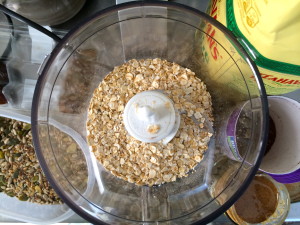
You will need a food processor. I use a mini bowled one. Either way, but especially with the bigger processors, always check that the mixture is fully integrating as you go along. As with all my so-called recipes I am rubbish at amounts as I made it up as I went along. So the quantities below are a rough guide. There are a couple of things that I will point out. I would add the ingredients in the order below as the oats and seeds need to be pretty finely chopped/powdered.
Then add the other stuff slowly because if you go too far and want a drier mix it’s harder to add oats in later as they don’t chop finely enough and you’ll have to do them separately and blah, blah, wrangle, wrangle…
4 tablespoons organic rolled oats
1 tablespoon of mixed seeds (I used pumpkin, sunflower, sesame and flaxseed)
1 tablespoon cacoa powder (I use a blend that comes with powdered flaxseed and berries too)
5 organic medjool dates
2 organic prunes
1 organic dried fig
1 – 1.5 tablespoons nut butter (I used cashew here)
Makes about 25-ish
OR try these:
3 tablespoons organic rolled oats
1 tablespoon of mixed seeds (I used pumpkin, sunflower, sesame and flaxseed)
1 tablespoon cacoa powder (I use a blend that comes with powdered flaxseed and berries too)
2 organic medjool dates
11 raspberries – as that’s how many I had left!
1 tablespoon organic nut butter (I used almond here)
Makes about 15-ish – and the dry ingredient amounts here will perhaps need a tad of adjustment due to the fresh fruit element.
As you add the dried fruits the mixture may ‘ball’ together but remain ‘choppy’ – the nut butter will ‘clump’ everything together (these are all technical terms I’ll have you know!) What you are after is a mixture that presses together firmly and stays ‘glued’ – if it’s still crumbly when pressed then add more nut butter.
Keep in mind you will be chilling these so they ‘set’ a little. If you are making bars then you might even want the mixture firmer to hold that shape. BUT do keep pressing bits to check the consistency as you don’t want it too claggy as you’ll never roll the buggers and there’ll be temper tantrums. Guaranteed.
A heaped teaspoon full pressed and rolled firmly between the palms creates the finished product. If you’re old enough to remember plasticine or were poor like me (cue violins…) and plasticine was a considered a luxury toy (those violins are deafening…!) then you’ll know the technique for squishing this mixture together without any further ado. Others will take longer to master the wily ways of it. Some posh, flashy folk then roll these in cacao powder or desiccated coconut…the options are many! As with everything it’s all about your own tastes and experimenting to find the exact combination that rocks your tastebuds!
Keep them chilled and they last for a while and, of course, can be carried around for snacking during the day – keeping you away from that beckoning Curly-Wurly!
Good luck!
A smattering of nutrition info regarding some of the above:
OATS: Oats are instantly better than many processed grains as the hulling process doesn’t strip them of their ‘bran’. Also, they contain a soluble fibre called beta-glucan which can slow down the absorption of sugars creating a slower release of glucose energy into your system. It is also thought to bind to fats slowing their absorption too and subsequently assisting the reduction of ‘bad’ cholesterol.
Oats contain very good sources of the minerals phosphorous (bone structure, healthy functioning of cells) and magnesium (nerve and muscle function and key to the production of energy) and the trace minerals manganese (needed for bone and skin health and helps regulate blood sugar) and molybdenum (assists in the detoxification of the body). It has a good hit of B-vitamins and that all important fibre – both soluble, mentioned above, and insoluble too which ‘scrapes’ through the intestines keeping everything moving along nicely!
Oats are technically gluten free. However, they contain a protein called avenin which is similar to gluten so those who are coeliac may still be sensitive to them – but the real problem lies in the fact that many are prepared in places where other gluten rich grains like wheat, rye and barley are produced making them susceptible to cross-contamination and unsafe for coeliacs. So, if you are avoiding gluten then search for pure oats that have been produce in a gluten free atmosphere.
DATES: Dates are an ancient bite size powerhouse of vitamins and minerals bound with great fibre. Naturally sweet and easy to digest so you can make full use of their health benefits. All round lush then…!
CACAO: Cacao (cocao) is generally believed to be a good source of antioxidants but the presence of flavonoids gives it its current healthy image. Flavonoids are a class of phytonutrient (the chemicals plants use to fight disease and bacteria) which are responsible for the pigmentation in the plant. They are getting a lot of attention in research these days as consumption of them is thought to give vital support to the main body systems (like the nervous and cardiovascular) and they are powerful antioxidants too, plus have anti-inflammatory skills which also assist the detoxification of the body.
BUT before you rush out to buy ten boxes of Milk Tray – the powdered cacao bean is more nutrient rich than the end processed result that we know as chocolate. The further the original roasted and ground beans go into the processing procedures the less the nutritional value. That’s why a 80% dark chocolate bar is going to be heaps better for you than a Curly-Wurly…but you guessed that, right?!
